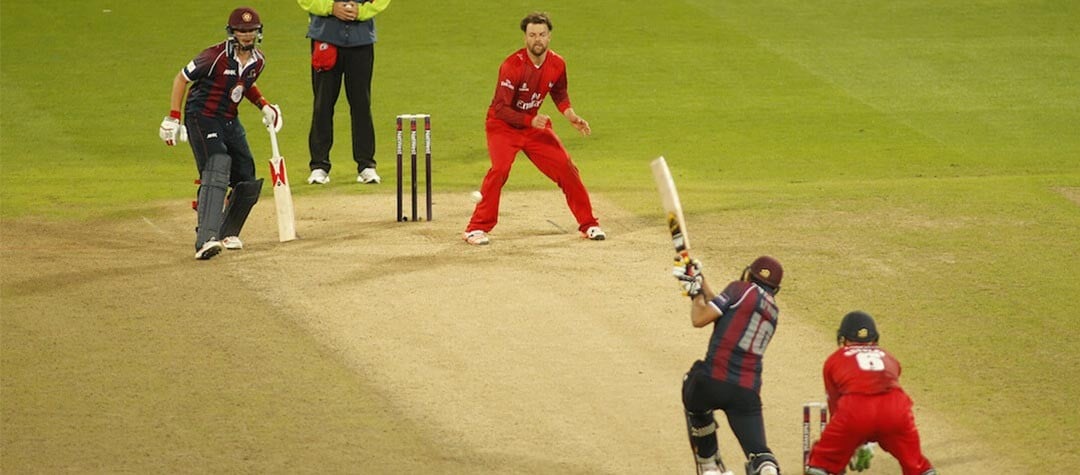Like the look of Twenty20 cricket? Brush up on the rules with this quick guide.
The laws of Twenty20 cricket essentially follow those of traditional one-day, 40 and 50-over cricket matches. In Twenty20 cricket, each team is allowed one innings to try and score as many runs as they can within a period of 20 overs (120 balls).
However, whilst Twenty20 shares many of the laws of the longer versions of the one-day game, it also possesses certain individual rules that are designed to speed up the passage of play. Though some cricket traditionalists have argued that these specific laws cheapen the image of cricket, they are ultimately designed to give Twenty20 a fresh and more exciting edge.
Specific rules of Twenty20 cricket
- The ‘Free Hit’ – The ‘Free Hit’ serves to penalise a bowler if he delivers a no-ball by overstepping his mark. The Free Hit is awarded following such an infringement and basically means that the batsman will not be given out for that delivery, unless he is run out. The batsman is essentially given a free swing, without fear of the repercussions.
- Five-run penalties – In Twenty20 cricket, an umpire may award one of the team’s five bonus runs if he feels the opposition is needlessly wasting time. This is designed to maintain the flow and pace of a Twenty20 match.
- 75-minute time limits – Bowling teams are forced to complete their 20 overs within 75 minutes (i.e. three minutes and 45 seconds per over). A bonus of six runs is given to the batting team if the bowling side has not begun its twentieth over before their 75 minutes is up. Once again, this rule aims to maintain the rhythm and pace of the Twenty20 game.
- Bowling restrictions of Twenty20 – In a move once more designed to favour the batting team, individual bowlers are only allowed to bowl for a total of four overs during a Twenty20 game. This obviously limits the damage that can be inflicted on the batting side by a single, in-form bowler.
- The 90-second rule – Once a wicket has fallen in a Twenty20 match, the following batsman must take up his position at the wicket or bowler’s end within 90 seconds. If they are unable to do so, they could potentially be disqualified from batting in the match.
- Fielding restrictions of Twenty20 – Twenty20 cricket laws only allow five fielders to stand on the leg side of the batsman at any one time. Similarly, only two fielders are allowed to stand outside of the inner circle in the first six overs of play. This number increases to five fielders in the remaining 14 overs. These restrictions are designed to increase the flow of runs in a match, in order to create more of a spectacle for watching fans.
- Bowl-outs – Akin to the penalty shootout in many other sport, bowl-outs take place at the end of tied Twenty20 matches. Five bowlers from each side are allowed to bowl twice at the wicket, with no batsman standing in its way. The team to topple the most wickets wins the game.
So there you have it. Whilst Twenty20 rules may seem slightly random in the short-term, they’re designed to speed up the passage and flow of play to create more exciting matches. So why not get out there and have a go?
Picture Credit: Mitch Gunn / Shutterstock.com














